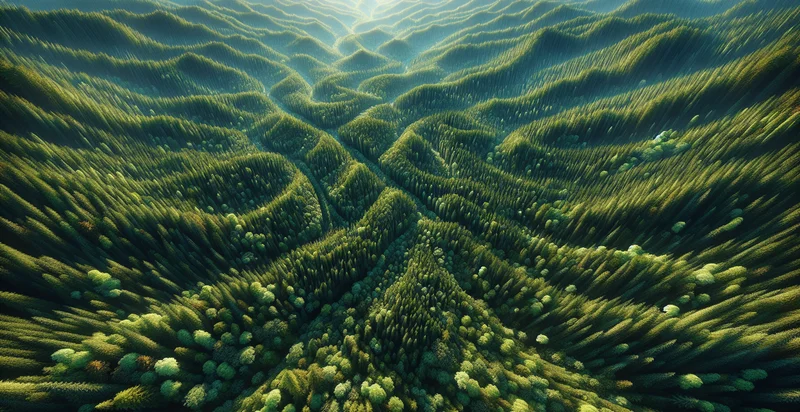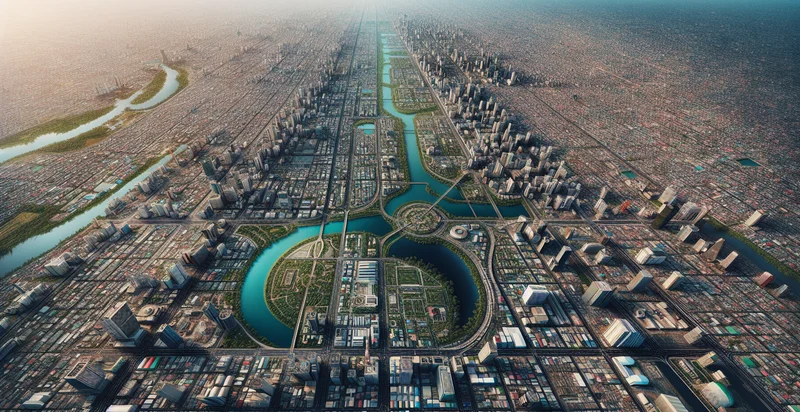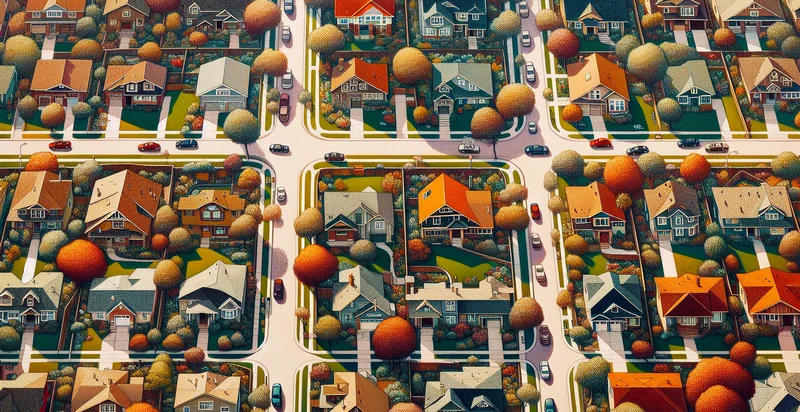Identify aerial views of forests
using AI
Below is a free classifier to identify aerial views of forests. Just upload your image, and our AI will predict if the image shows a dense forest or not - in just seconds.

Contact us for API access
Or, use Nyckel to build highly-accurate custom classifiers in just minutes. No PhD required.
Get started
import nyckel
credentials = nyckel.Credentials("YOUR_CLIENT_ID", "YOUR_CLIENT_SECRET")
nyckel.invoke("aerial-views-of-forests", "your_image_url", credentials)
fetch('https://www.nyckel.com/v1/functions/aerial-views-of-forests/invoke', {
method: 'POST',
headers: {
'Authorization': 'Bearer ' + 'YOUR_BEARER_TOKEN',
'Content-Type': 'application/json',
},
body: JSON.stringify(
{"data": "your_image_url"}
)
})
.then(response => response.json())
.then(data => console.log(data));
curl -X POST \
-H "Content-Type: application/json" \
-H "Authorization: Bearer YOUR_BEARER_TOKEN" \
-d '{"data": "your_image_url"}' \
https://www.nyckel.com/v1/functions/aerial-views-of-forests/invoke
How this classifier works
To start, upload your image. Our AI tool will then predict if the image shows a dense forest or not.
This pretrained image model uses a Nyckel-created dataset and has 2 labels, including Dense Forest and Sparse Forest.
We'll also show a confidence score (the higher the number, the more confident the AI model is around if the image shows a dense forest or not).
Whether you're just curious or building aerial views of forests detection into your application, we hope our classifier proves helpful.
Related Classifiers
Need to identify aerial views of forests at scale?
Get API or Zapier access to this classifier for free. It's perfect for:
- Forest Health Assessment: Aerial image classification can be used to monitor forest health by identifying areas affected by disease, pests, or environmental stress. This information helps forest managers take timely action to mitigate issues and ensures the sustainability of forest ecosystems.
- Habitat Mapping: By classifying aerial views of forests, organizations can map critical wildlife habitats to support conservation efforts. This data aids in the identification of areas that require protection or restoration, contributing to biodiversity preservation.
- Deforestation Monitoring: Organizations can leverage image classification to detect changes in forest cover over time. This capability enables governments and NGOs to track deforestation rates, assess the impact of land development, and enforce environmental regulations.
- Urban Planning and Development: Municipalities can use aerial forest imagery to inform urban planning initiatives by identifying green spaces and ecological corridors. Classifying forest areas helps balance urban growth with the preservation of natural landscapes.
- Carbon Sequestration Evaluation: Businesses and governments can utilize aerial image classification to assess forest density and biomass, which are crucial for estimating carbon sequestration potential. This data helps in formulating climate policies and carbon credit strategies.
- Natural Disaster Assessment: In the aftermath of natural disasters like wildfires or hurricanes, aerial image classification can be used to evaluate forest damage. This information is vital for recovery planning and the allocation of resources for reforestation and rehabilitation efforts.
- Tourism and Recreation Planning: Tourism boards can analyze classified aerial views of forests to develop and promote recreational opportunities, such as hiking and wildlife watching. By highlighting areas of interest, this information can enhance ecotourism efforts and attract visitors to natural attractions.


